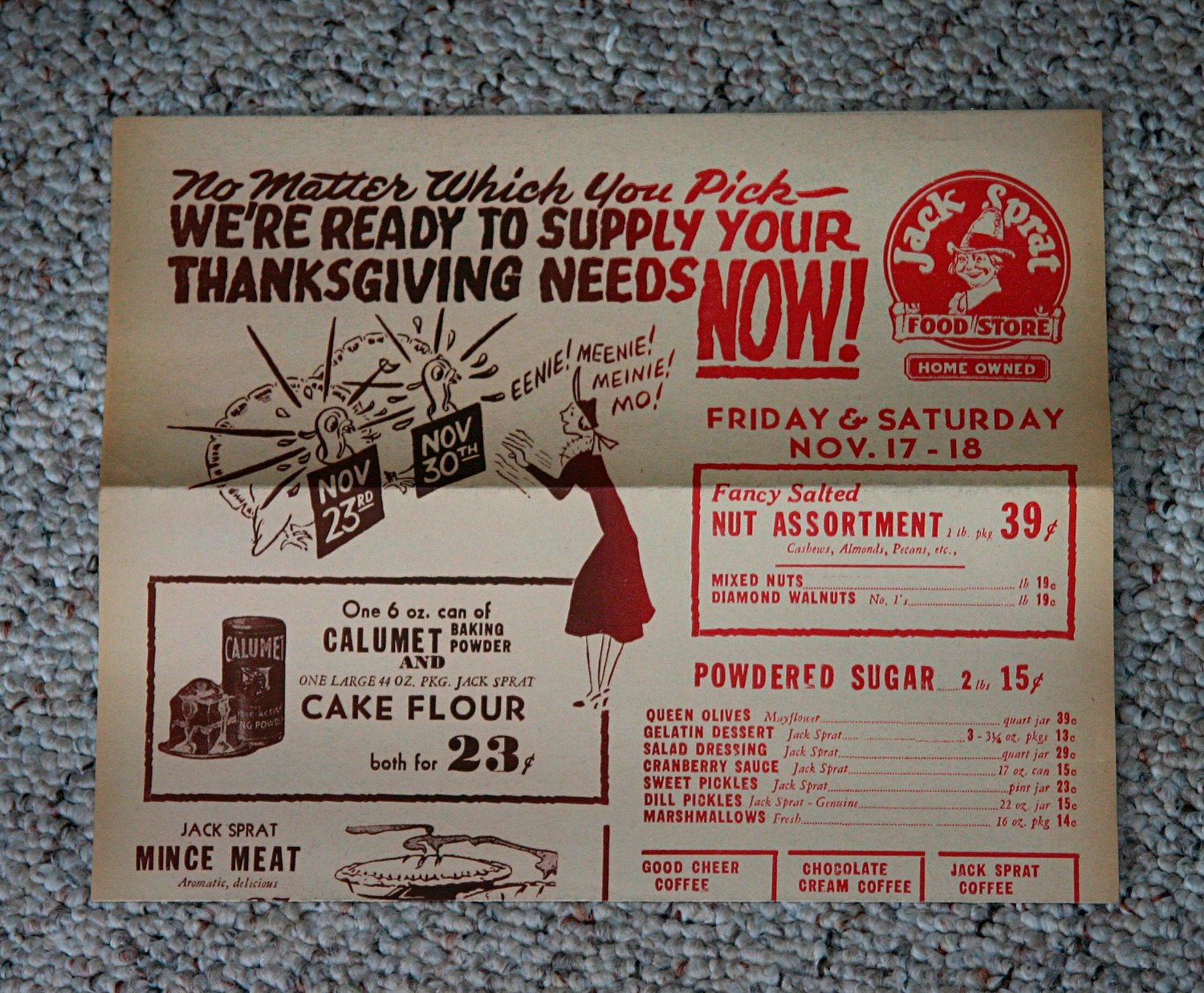 A pumpkin pie with sweetened condensed milk. Can I get a hell yeah?
A pumpkin pie with sweetened condensed milk. Can I get a hell yeah?
If you are going to be in NYC anytime in the next month, be sure to stop by the New York Public Library to catch the Lunch Hour NYC exhibit. It’s free and cute and you’ll learn a lot of fun facts about food.
The coolest part of the exihibit is the installation of a functional automat. Automats were the precursors to fast food; meals were made from scratch at commissaries all around the city, then shipped to the automat restaurants. The food was placed behind little windows, and after dropping a few coins in a slot, you could open the doors and retrieve you treats. A new automat opened, and closed, on St. Mark’s street a few years ago.
Horn & Hardart, the company that innovated the automat concept, was just as well known for the quality of their food as their unique way of delivering it. At the Lunch Hour exhibit, you can play with their automat machine, opening the doors and such. You won’t find any mac and cheese or baked beans inside, however–but they did thoughtfully include recipes of all the restaurant’s most famous dishes.
 Horn and Hardart’s automat, from Lunch Hour NYC.
Horn and Hardart’s automat, from Lunch Hour NYC.
One of the recipes I grabbed when I visited was Hron & Hardart’s recipe for pumpkin pie. I had a pie pumpkin hanging out in my kitchen; it had been a Halloween decoration, and I decided it was time for it to go to a better place. Inside me. I roasted it, which is an easy way to process pumpkin–see how here. I also made a crust from scratch from this recipe, which is my go to pie crust.
The filling was easy to mix up and the pie doesn’t bake for long. The recipe tells you “Insert a silver knife into the filling about one inch from the side of the pan. If the knife comes out clean, the filling is done.” I’ve never read pumpkin pie instructions so specific–a silver knife? Using this method, the center comes out underdone and extremely creamy. I’m not sure if I liked it though, being used to a firmer pie.
But the wildest thing about this pie is I realized I made a HUGE mistake when I baked it that turned out to be wonderful. I only just now noticed that the recipe calls for evaporated milk NOT sweetened condensed milk, which is what I used. But holy moly, have you ever made a pumpkin pie with sweetened condensed milk? It’s astounding. The caramel-ee flavor of the sweetened condensed milk really comes through in the final product. Creamy, burnty sugary, pumpkin…awesome.
God pumpkin pie is great. Why don’t we make it year round? I guess something about it just doesn’t feel right in the summertime.











